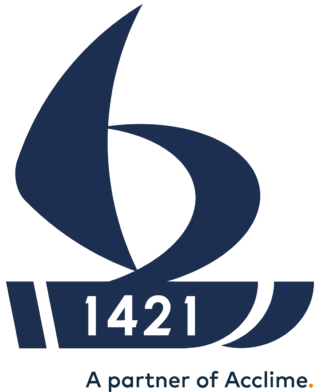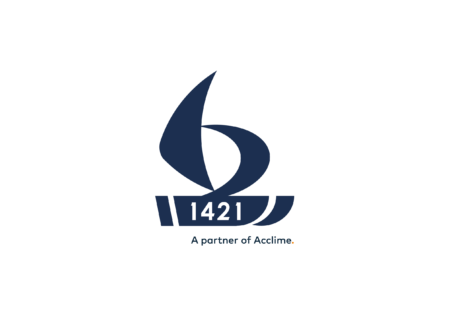China VAT Reform 2019: Implications for China’s Value Added Tax

China VAT Reform 2019: Implications for China’s Value Added Tax
This article has been prepared by our partners from MS Advisory
In 2019 China has announced several VAT reforms. First of all, the Chinese government has significantly reduced VAT. Furthermore, China has also increased the VAT exemption thresholds for small-scale taxpayers. The China VAT reform continued following the joint announcement of new Value Added Tax policies by the Ministry of Finance (MoF), State Administration of Taxation (SAT) and General Administration of Customs (GAC) on 20 March 2019. These most recent announcements provide further guidance regarding the lowering of China’s VAT rates in 2019, increased scope of VAT credits and the introduction of a pilot scheme for VAT refunds from April 1st of 2019.
Updated China VAT Reform timeline & changes
The most recent announcement regarding China’s VAT includes several changes and provides further clarification about the China VAT reform. We would like to highlight the following updates:
- 2019 Reduction of VAT rates;
- Adjustment to VAT refund rates;
- Introduction of VAT super-credit;
- VAT refunds pilot scheme for claiming excess input VAT credit;
- Expanding the scope of creditable input VAT for Real Estate;
- Allowing input VAT credits for Transportation Services;
- Clarification Announcement on China’s VAT Reform.
2019 Reduction of VAT rates & Adjustment to VAT refund rates
Starting from April 1, 2019, general VAT taxpayers who were previously subject to VAT at 16% for taxable sales or importation will now be subject to a reduced 13% VAT rate. In addition, general VAT taxpayers who were subject to a 10% VAT rate for taxable sales or importation will now enjoy a reduced rate of 9%.
General VAT taxpayers will also be subject to a 9% input credit rate for the purchase of agricultural products, which previously had have a 10% rate. In addition, purchases of agricultural products for manufacturing or processing of goods will be subject to a 10% credit rate instead of a 13% rate.
The export of goods which were previously subject to VAT and a VAT refund rate at 16%, will now face a decreased refund rate of 14%. Similarly, for the export of goods which were previously subject to VAT and a VAT refund rate at 10%, the export refund rate will become 9%.
Introduction of VAT super-credit
For the period from 1 April 2019 until 31 December 2021, taxpayers in certain industries will be eligible for a 10% super-credit on their input VAT. This super-credit amount can be deducted from VAT payable, and any remaining amount can be transferred to the next filing period for credit.
VAT taxpayers from the following industries are be eligible for the super-credit:
- Postal services;
- Telecommunication services;
- Modern services (such as R&D, information technology services, logistics services and certification and consulting services among others);
- Lifestyle services (including cultural/sports services, education and healthcare, travel and entertainment as well as F&B).
There are several requirements to be eligible for the VAT super-credit. First of all, VAT taxpayers must obtain more than 50% of their total revenues from the specified industry category in the 12 months prior to their claim. Secondly, businesses started after 1 April 2019 will be evaluated based on the first 3 months of operations;
VAT refunds pilot scheme for claiming excess input VAT credit
In the past years businesses were not able to claim refunds for excess input VAT. Instead, businesses were only able to carry the excess input VAT forward to offset future output VAT.
Following the recent China VAT reform, taxpayers who have incremental uncredited input VAT can request a refund. Here incremental uncredited input VAT refers to the increased amount of uncredited input VAT compared with the figure by the end of March 2019. Taxpayers are entitled to a VAT refund only if they meet the following criteria:
- Starting from April 2019, incremental uncredited input VAT must remain positive for 6 consecutive months or 2 consecutive quarters. Furthermore, the total amount is no less than 500.000 RMB;
- The taxpayer is a Class A or Class B taxpayer in the Chinese Tax Credit System;
- The taxpayer has had good conduct in the past 36 months. This means no engagement in tax deception, or punishment by the tax authorities for tax evasion more than twice.
Furthermore, VAT credit balances prior to 1 April 2019 are not eligible for a refund. In the end, taxpayers are only allowed to refund 60% of the available incremental uncredited VAT. Furthermore, only input VAT which can be supported by special VAT invoices or other official certificates may be refunded.
Expanding the scope of creditable input VAT for Real Estate
The 2019 China VAT reform also expanded the scope of creditable input VAT for qualified service providers as well as the purchase of certain items. General VAT taxpayers can now claim input VAT credit for the purchase of real estate and construction services up-front. These purchase can now be directly deducted from the output VAT.
This means that general VAT taxpayers will no longer have to claim input VAT credit for this category over a two-year period.
Allowing input VAT credits for Transportation Services
In addition to expanding the scope for input VAT credit for purchases of real estate, the new VAT policy also allows general VAT taxpayers to claim input VAT credit for domestic (Chinese) passenger transport services. These can subsequently be credited against output VAT.
The announcement clarified that special VAT invoices, electronic general VAT invoices and airplane-, train-, bus- and ship tickets with the passenger name will qualify as a certificate for domestic transportation. These certificates can then be used to claim the aforementioned deductions.
Clarification Announcement on the China VAT Reform
Following the joint announcement of new Value Added Tax policies on 20 March 2019, the State Administration of Taxation released an announcement on 21 March to clarify certain issues.
The announcement specified that former VAT rates will be used in cases where VAT payers issued red-ink VAT on the invoices filed before the announcement of 20 March 2019. The former VAT rates will also be applicable in cases where a VAT invoice is issued prior to the effective date – 1 April 2019.
Regarding real estate purchases, in cases where input VAT related to real estate was already credited, and the real estate suffered abnormal losses in value, an “Uncreditable Input VAT” amount will be calculated based on the following formula:
- Uncreditable input VAT = input VAT shown on VAT credit vouchers or the calculated input VAT * NAV ratio of the real estate.
This amount will then be deducted from creditable input VAT of the current filing period to take the losses into account.
Similarly, when an originally uncreditable input VAT of real estate became creditable, creditable input will need to be calculated and credited against output VAT. The creditable input VAT will be calculated as following:
- Creditable input VAT = input VAT shown on VAT credit vouchers or the calculated input VAT * NAV ratio of the real estate.
Conclusion
Following the updates to the China VAT Reform, it is clear that the new VAT policies will have significant positive impact for both local and foreign businesses in China.
In order to fully benefit from China’s new VAT policy, all businesses are recommended to actively review how these changes to Value Added Tax may impact the internal processes and external operations of their business in China. It is also recommended that businesses in China review their accounting, contracts and ERP systems to take advantage from the 2019 VAT reform in China.
This article has been prepared by our partners from MS Advisory
Related posts

